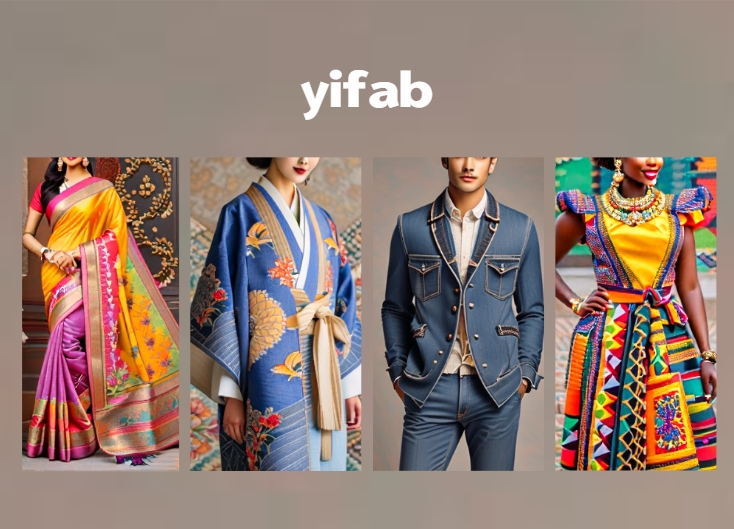Cultural Influences on Fabric Choices: A Global Perspective
Blog post description.
1/8/20251 min read


Cultural Influences on Fabric Choices: A Global Perspective
Fabric choices are not only a reflection of personal style but also deeply influenced by cultural heritage and history. Around the world, traditional fabrics and designs tell stories of ancient techniques, local resources, and societal values, shaping the fabric industry we know today.
In India, for example, the intricate art of weaving fine silks and cottons has been passed down through generations. Fabrics like saree silks and khadi cotton are not just materials, but symbols of national pride and history. These textiles embody a fusion of craftsmanship and cultural symbolism, influencing contemporary fashion both in India and globally.
In Japan, minimalist design and natural fibers dominate fabric preferences. The use of linen and cotton in clothing such as kimono is a reflection of the cultural emphasis on simplicity and respect for nature. Japanese fabric artistry, like sashiko stitching, continues to inspire modern fashion, promoting sustainable and slow fashion practices.
Similarly, African textiles, such as the vibrant prints of kente cloth and ankara, reflect strong cultural narratives and social identity. These bold fabrics are often chosen for their deep connection to heritage, with patterns representing various tribal affiliations and historical events.
In Western fashion, the focus has often been on innovation and comfort, with fabrics like denim, wool, and linen shaping the global casual wear trend. European fashion houses incorporate luxury materials like cashmere and fine wool, while pushing forward new fabric technologies and sustainable solutions.
Cultural influences on fabric choices are more than just aesthetic; they are a window into the stories and values of each region. As the world becomes more interconnected, the exchange of these diverse fabric traditions continues to inspire fashion worldwide.
